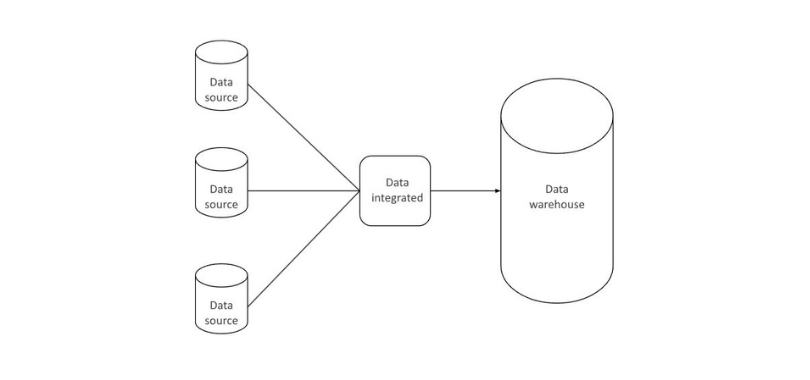Why is Data Integration Important and How Can We Achieve It?

Image source: DKosig from Getty Images Signature via Canva
In today’s data-driven world, organizations are constantly grappling with an abundance of data coming from various sources and in different formats. Data integration has emerged as a critical process that enables businesses to connect these disparate data sources by consolidating them into repositories called data silos, creating a comprehensive and unified view of their information. This single source of truth empowers organizations to make more informed decisions and derive valuable insights for better business intelligence.
These disparate data sources can vary in type, structure, and format. Successful data integration finds a way to connect these sources, either by building relationships between them where they reside or by periodically extracting, transforming, and loading data (a process known as ETL) from these sources into one big database dubbed a data warehouse.

Figure 1. Basic Data Integration in a Warehouse Diagram | Adapted from Data Integration and ETL: A Theoretical Perspective
For example, when sales data is combined with customer data, the organization can gain a deeper understanding of customer behavior and preferences, which would allow personalized marketing efforts and improved customer satisfaction.
Data integration can be challenging as there is no one technical way of implementing it. Rather, the process depends on the needs and resources of each organization. Organizations with no technical capabilities would need to seek a third-party service provider.
Read More: 6 Industries Using Data Science for Better Performance Reporting
Despite the variance across organizations, one thing remains consistent—every data integration process should be approached systematically by taking into consideration the following key strategic steps:
- Defining integration goals: Organizations need to clearly outline the objectives and outcomes they want to achieve through data integration.
- Assessment of data sources: This includes identifying all the data sources within the organization and understanding the structure, format, and quality of the data coming from each source.
- Data mapping and transformation: This entails defining how different sources will be mapped to a common format. This may involve cleaning and preparing data silos in the first place.
- Defining technique and tools: Based on the previous steps, a technical decision should be made on how to do the integration and the degree with which manual labor and automation will be utilized.
- Building integration processes: This answers the question, “How will future data be integrated as well?” It involves defining workflows and processes that should be scalable, reliable, and capable of handling future data growth.
- Testing and monitoring: As data integration is a continuous process, organizations should always test and monitor the integrated data thoroughly to ensure accuracy, consistency, and reliability. Validating the integration results should be done against predefined criteria, along with making necessary adjustments if discrepancies are found or to adapt to changing data sources and business needs.
In conclusion, data integration plays a crucial role in enabling organizations to harness the full potential of their data. By connecting disparate data sources and creating a single source of truth, organizations can unlock valuable insights, improve decision-making, and enhance operational efficiency. Following a systematic approach and leveraging appropriate integration tools lets organizations achieve successful data integration and gain a competitive edge in today’s data-driven landscape.
Get more insights on data integration and management practices by exploring our articles on data analytics.
Tags: Business Intelligence, data, data analytics, data integration, ETL





